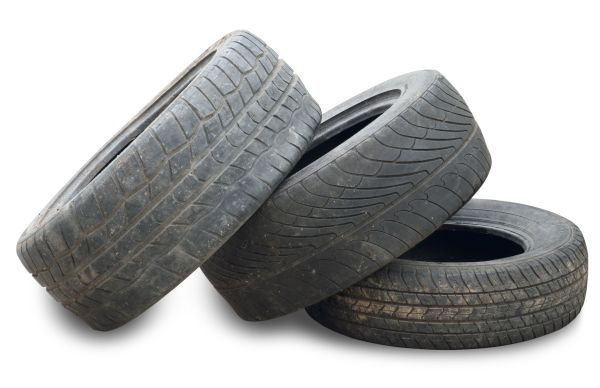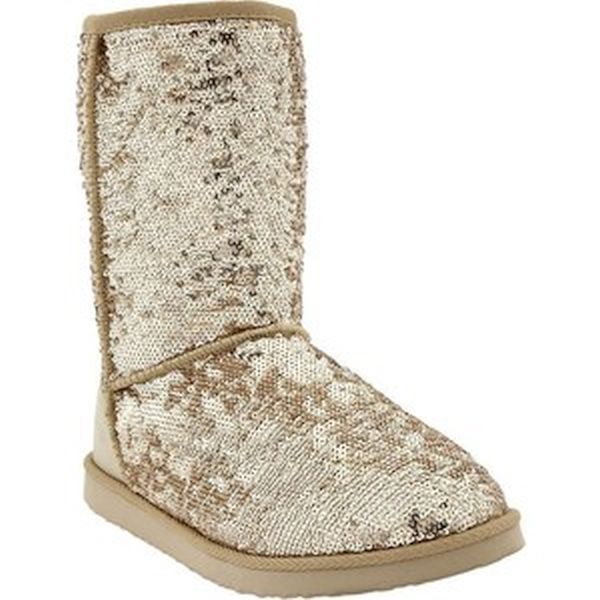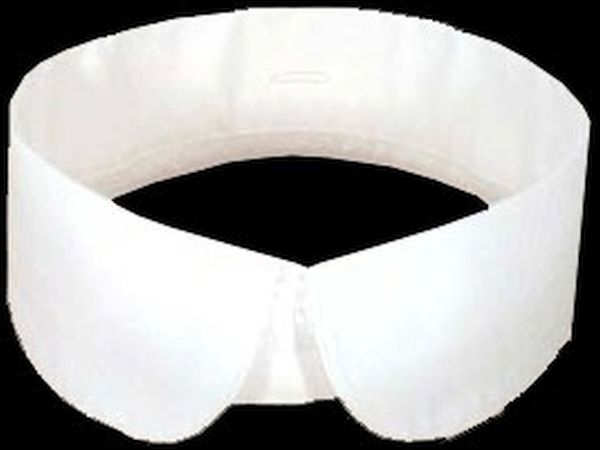When we think about fashion, we imagine just the clothes that are trending at the moment. We never think about the trends that are gone by. However, have you ever wondered about what happens to the clothes that are out of fashion? Well, most of them end up in landfills. Not only this, to fulfill the demand for cheap clothing for the masses, most of the brands prefer mass production of non-durable clothes having a very short life. These are the clothes that come under the fast fashion industry.
It may sound shockingly rude but it is true the fast fashion industry is the second dirtiest one in the world next to oil industry. When we think of environment-damaging activities, carbon emission from chimneys and power plants, polluted sewerage water, piling of plastic garbage flash in our mind.
Never ever we can imagine that the apparels that we carry so lovingly also leave huge carbon footprints on the planet. Assessing the magnitude of fashion carbon footprint is extremely overwhelming due to the diverse range of garments used by us.
But considering the immense complexity of fashion business involving various stages of production, raw material accumulation, textile, and fabric manufacture, designing, packing, shipping, unpacking in retail shops and garment disposing, it is bound to create serious environmental damage.
The damage is even more with the fast fashion trend:
Fast fashion takes a very short time to move from the catwalk ramp to the consumer. These apparels being inexpensive and disposable are highly appealing to the consumers as they can always upgrade themselves to trendier apparels within a week or two by procuring a fresh set and discarding the previous ones.
Major cities in the world like New York, London, and Hong Kong discard more than 1 million tons of clothes per year of which 80% are reusable.
Causing huge environment damage:
Amidst this extremely fast buying and disposing spree, one serious thing gets ignored – the disastrous outcome for the environment and society.
Occupying the landfills:
A huge bulk of the clothing literally lands up in landfills instead of making it to the consignment shops for donation. Only 10% of donated clothing gets resold in the US and the remaining about 13 trillions of discarded clothes find their way to landfills where they remain for centuries generating huge quantities of toxic wastes contaminating the soil and underground water.
By 2030, it is estimated that CO2 emissions from the fashion industry are to increase by 60% touching almost 2.8 billion tons per year.
Severe water pollution:
Rivers, streams, and lakes are the first victims of the textile industry as they get easily contaminated due to extensive usage of harmful chemicals, toxic dyes, and detergents. Textile industry contributes to 20% of the water pollution. About 70% of lakes in China are contaminated most of which can be attributed to the textile industry.
Acute water shortage:
Cotton plants consume a lot more than a fair share of water. The extreme case of water shortage perhaps has been faced by Uzbekistan, the 6th largest producer of cotton. To meet the irrigation requirements for cotton plantation, the two rivers Amy Darya and Syr Darya were diverted from the Aral Sea in the 1950s.
Fifty years later, the Aral Sea is almost running dry holding less than 10% of what it used to hold before diversion. Drying of Aral Sea severely affected the coastal community and fishing industry not to mention the over-accumulation of chemical fertilizers and pesticides in the water.
A similar impact is felt in Pakistan’s Indus River, Australia’s Murray-Darling basin and in Rio Grande of the US and Mexico. India and China, the leading cotton producers are also not left out of this peril.
Though organic cotton is a sustainable alternative but it constitutes only 1% of the total cotton production. Growing organic cotton is expensive as well. Its water consumption is still above average. Due to the use of similar dyeing chemicals and global shipping, using the organic variety is not going to make a big difference in leaving carbon footprints.
Mass exploitation of human capital:
A generation of young women is trapped in poverty due to this fast fashion trend. 75 million people are working in apparel industry of which 80% are young women 18-24 years old. A majority of these workers earn a meager $3 dollars per day.
These young women workers work on an average of 14 hours per day not to speak of the additional sexual harassment, which becomes the part and parcel of this job.
The following reports further uphold the grim situation:
- In a report, women workers in the textile industry of Guandong province in China spend 150 hours working overtime with a meager pay. They are not covered by any insurance.
- The textile industry in Cambodia employs 80% women labor. Most of them are breadwinners of the family and are unable to afford a decent standard of living with the poor wages.
- 97% of global apparel production is carried out in countries where poor labor regulations and rock-bottom labor costs rule.
The silver lining:
Few reputed cloth designers are using organic cotton in most of their apparel production considerably reducing the water consumption and carbon emission. But the real game changer would be if these leading fashion houses can make and sell sustainable garments. Till then, it is up to the buyers to think and ponder and avoid discarding garments in short intervals.
7 – DIY eco-friendly clothing tips for fashionistas
Here are a few DIY fashion tips that will help you remain at the top of your game without spending too much for the same or impacting the environment in the process as well.
1. Fabric Yarn Crocheted Ring Teether

Why go for those plastic and artificial teethers when you can make your own one at home for your baby? One way to create your own teether is to simply crochet some fabric yarn over a wooden ring (choose eco-friendly wood for minimal impact). Now all you need to do is wet the fabric a bit and place it inside the fridge. The teether will come as a great relief for your little one during those initial teething days.
2. Running Shoes from Old Tires

This is a great way to make your own running shoes at home using nothing but old tires and some basic items like fabric, shoelace and an aluminum foil. There are several tutorials on the web which also let you have an insight into creating homemade shoes using a variety of other materials. Take a look at them and start making your own shoe at home instead of opting for store bought expensive ones.
3. Circle Scarf made from Old Sweater

Have a couple of old sweaters lying around that you don’t use anymore even though they are in good condition? Then consider transforming them into circle scarfs you can wear around your neck in style. All you need to do is cut off the lower portion of the sweater, hem the sides to avoid any loose ends or threads. Now simply fold it and roll it up to create a DIY circle scarf that will go great with your winter outfits.
4. Sparkly Boots from Old Boots

Sometimes you may have a pair of shoes that you don’t use anymore but love too much to throw them out. Here is a great way to make these tired, old, worn out shoes look bright, sparkly and party-ready in no time. All this DIY project needs is some glue and lots of glitter. Simply apply the glue on the portions of the shoe that look worn out.
Sprinkle the glitter generously on the glue and let it dry properly before shaking off the excess glitter. You can also choose to add designs and patterns using the glitter to create a more magical effect that will make your old shoes look new and stunning again.
5. Shrugs from Old T-Shirts

Shrugs although small, tend to cost a bomb, especially those that come with specific designs and patterns. You can make your own shrugs from old T. Shirts at home though via a cool DIY project. The great thing about this is that you can choose a variety of fashionable shrug designs to create from your T. Shirts. For instance, one of the simplest methods involves slicing up the front of the T. Shirt, sewing a casing at the neck and then inserting a ribbon into it to make an adjustable cardigan.
6. Detachable Collars from Old Shirts

Detachable collars have become a great trend in the fashion industry. You can flaunt this style to perfection by simply cutting off collars from existing shirts and customizing them with scrap fabrics to create one of a kind, stunning collars that you can wear with any outfit.
7. Skirts from Men’s Shirts

This fad has been catching up with a lot of fashionistas of late. So why not follow it by creating your own men’s shirt skirts? It’s as simple as cutting off the top of a shirt, sewing a casing at the top and then inserting an elastic waistband into it to create an instant skirt. You can choose to remove the hands or keep them for a more fashionable look.
Eco-friendly fashion has been catching up with a lot of fashionistas of late. Instead of spending a bomb on the latest fashion trends, choose to create your own DIY eco-friendly clothes, footwear and accessories with some really simple tips.






